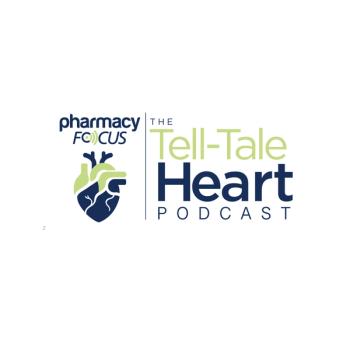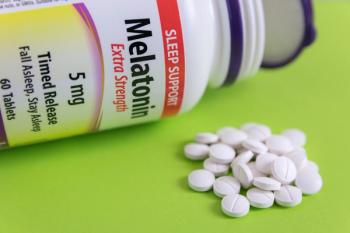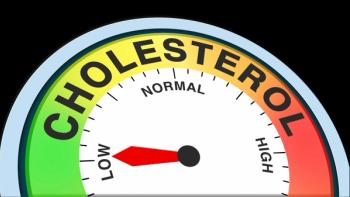
JNC 8 Guidelines Significantly Reduce Portion of Seniors Advised to Take Antihypertensive Medications
According to a recent study, one-fifth of those aged 60 or older who were candidates for pharmacologic therapy under JNC 7 would rely on lifestyle blood pressure control under JNC 8.
According to a recent study, one-fifth of those aged 60 or older who were candidates for pharmacologic therapy under JNC 7 would rely on lifestyle blood pressure control under JNC 8.
The
Using data from the nationwide National Health and Nutrition Examination Survey of US adults, a team of researchers estimated how the recommendations are likely to change treatment patterns in younger adults (aged 18 to 59 years) and older adults (aged 60 years and older). They published their
By analyzing data from the survey, which included more than 16,000 individuals, investigators determined that approximately 1.8% (95% CI, 1.4% to 2.3%) of younger adults who would have qualified for pharmacologic therapy under JNC 7 have a low enough blood pressure to use lifestyle therapy alone for blood pressure control under the JNC 8 guidelines.
For older adults, the shift is more dramatic. Approximately one-fifth (20.4% [95% CI: 18.8% to 22.0%]) of older adults who were candidates for pharmacologic therapy under JNC 7 are now considered candidates for lifestyle change, but not pharmacologic treatment.
The JNC 8 guidelines also significantly reduce the portion of patients with chronic kidney disease and diabetes who are candidates for pharmacologic blood pressure—lowering therapy. In patients with chronic kidney disease, almost 4 in 10 patients who qualified for medication under JNC 7 would no longer receive pharmacologic therapy under the new guidelines (39.4% [95% CI: 35.0% to 43.7%]). In patients with diabetes, 3 of every 8 patients who qualified for medication under JNC 7 are no longer candidates for pharmacologic therapy under JNC 8 (37.5% [95% CI: 33.6% to 41.4%]).
The study suffered from some limitations. For instance, investigators excluded the 4.5% of participants in the survey who had no available blood pressure reading data, and the survey did not include data from pregnant women. Investigators also relied on self-reporting for information on the prevalence of diabetes. In addition, any patient with an estimated creatinine clearance <60 mL/min/1.73 m2 of body surface area was assumed to have chronic kidney disease.
Despite these limitations, the study reveals a clear trend toward less use of pharmacologic therapy under JNC 8. As
The JNC 8 authors determined that the level of evidence behind the current blood pressure targets does not support improved outcomes in patients with diabetes and chronic kidney disease, resulting in the shift from a blood pressure goal for these patients of 130/80 mm Hg goal to the new goal of 140/90 mm Hg. In addition, epidemiologic studies have demonstrated that patients aged 60 years and older do no worse with the new systolic blood pressure goal of 150 mm Hg than with the previous, more stringent goal of 140 mm Hg.
One of the strongest pieces of evidence supporting the higher target levels is the Cochrane Collaboration meta-analysis titled “
The debate over when to initiate pharmacologic therapy has led to a careful professional examination of the JNC 8 guidelines. The American College of Cardiology (ACC) and American Heart Association (AHA) have begun a review process with partner organizations that will end in 2015. According to a joint ACC/AHA
Newsletter
Stay informed on drug updates, treatment guidelines, and pharmacy practice trends—subscribe to Pharmacy Times for weekly clinical insights.


















































































































































































































